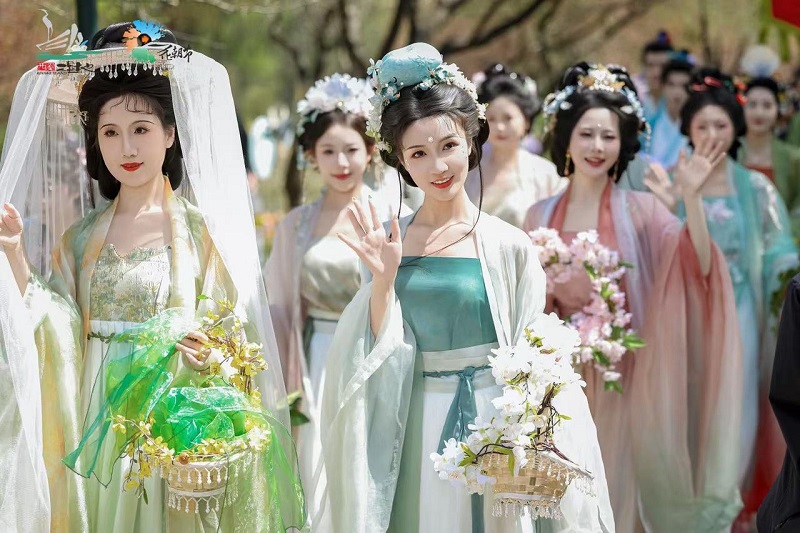Liangzhu culture reflects glory of 5,000-year Chinese civilization

The entrance to the Archaeological Ruins of Liangzhu City is seen in Hangzhou, Zhejiang Province. /CGTN
The Archaeological Ruins of Liangzhu City, a major archaeological discovery made in China during the 20th century, once again drew world attention as the first Liangzhu Forum opened on Sunday in Hangzhou, Zhejiang Province.
The site, first discovered in Hangzhou in 1936, showcases the prehistoric rice-cultivating civilization of China that existed between 3300 BC and 2300 BC, which is considered a concrete testimony to 5,000 years of Chinese civilization.
The layout of the ruins reflects an understanding of urban planning, and the findings unearthed at the burial sites also suggest the presence of a strong social hierarchy.
Cultural relics unearthed there include lacquerware, pottery and jade ware. Among them, the most exemplary are a great number of yucong, or jade cong. A jade cong is a jade tube with a quadrilateral exterior and a circular interior, which features exquisite jade carvings. It was used as a ritual object during the time of Liangzhu Ancient City.
The Archaeological Ruins of Liangzhu City was inscribed onto the UNESCO World Heritage List as a cultural site in 2019.
Today, visitors who are interested in Liangzhu culture can learn about the history and admire a variety of unearthed artifacts at the Liangzhu Museum. The displays, including tools used for agriculture, charred rice spikelets dating back over 5,000 years, and finely worked large ritual jades, showcase both the supreme agricultural achievements of late Neolithic China and the unified belief system of a regional state.
The largest of the jade cong, dubbed the "king of jade cong," is currently kept in the Zhejiang Provincial Museum.
-
Xixi Wetland invites visitors to Huazhao Festival
March 25, 2025
-
Hangzhou sets standard for concert hosting
March 19, 2025
-
What is making Hangzhou the new tech powerhouse of China?
March 10, 2025
-
Inside Hangzhou: China's high-tech dream factory
March 12, 2025



